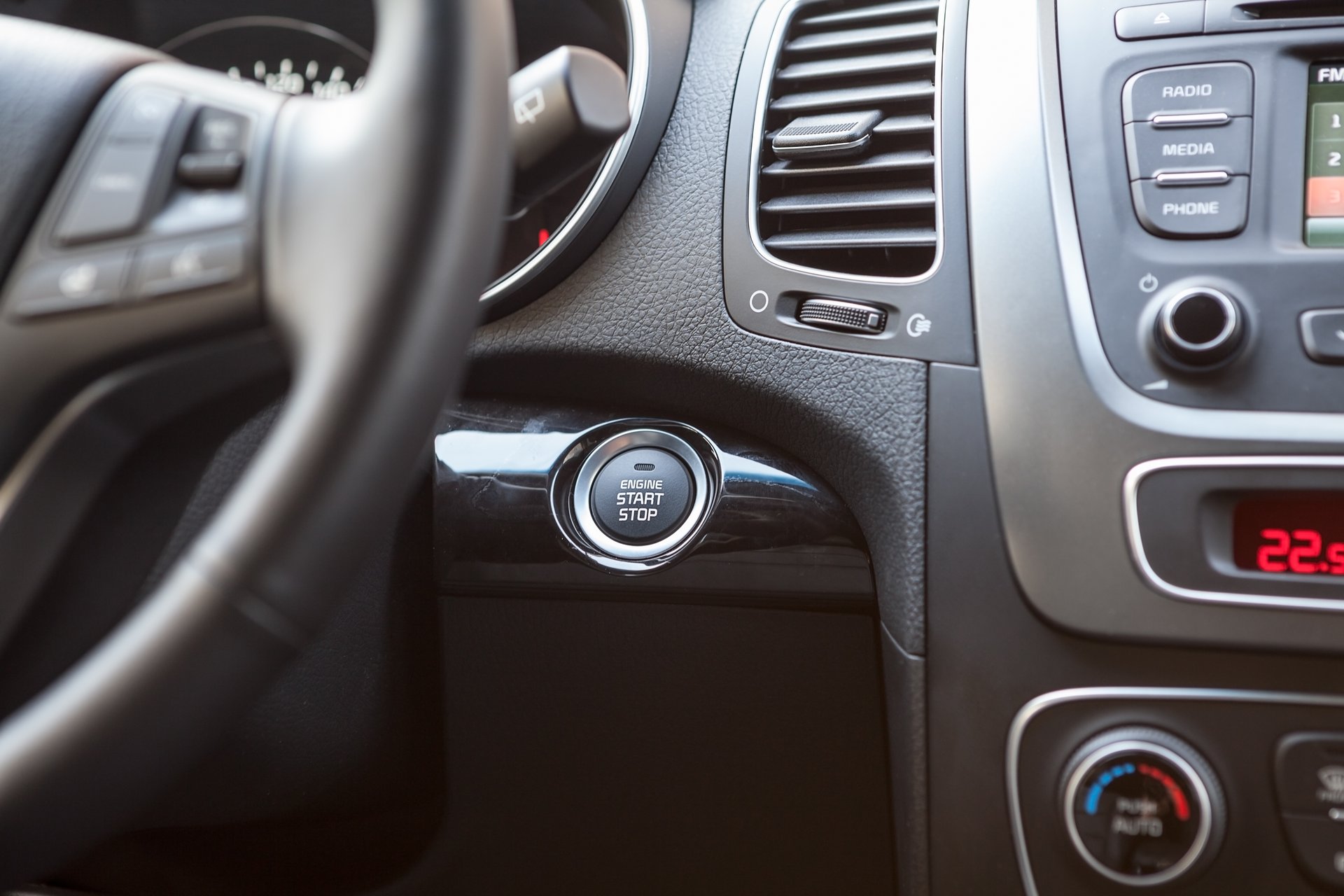
The modern-day convenience of keyless ignitions is contributing to a growing number of deaths by carbon monoxide poisoning, according to a recent New York Times investigation.
The newspaper found that since 2006, 28 people have died and 45 have suffered injuries — including brain damage — after a driver unwittingly left a keyless vehicle running.
Carbon monoxide is emitted by running gas-powered vehicles and becomes a danger in enclosed spaces like garages, from where it can also seep into attached homes. The poisonous gas can cause death or injury by depriving vital organs of oxygen. It’s often referred to as a silent killer because you cannot hear, see or smell it.
The deadly danger of keyless ignitions
Unlike cars with a traditional key, keyless cars feature a fob that transmits a radio signal to operate the vehicle. They can be started with the touch of a button — rather than the turn of a key — when the fob is nearby. But therein lies the danger of keyless cars.
The NYT explains:
“… weaned from the habit of turning and removing a key to shut off the motor, drivers — particularly older ones — can be lulled by newer, quieter engines into mistakenly thinking that it has stopped running.”
The newspaper’s lengthy report — based on lawsuit documents and numerous other types of sources — details how certain federal agencies, regulations and manufacturers could be doing more to prevent carbon monoxide deaths tied to keyless ignitions.
How to prevent carbon monoxide deaths
You can easily and cheaply prevent deaths and injuries caused by carbon monoxide that might enter your home — whether from a car or any source — by using a carbon monoxide detector.
According to the Minnesota Department of Health, carbon monoxide is produced whenever a material burns. Sources of carbon monoxide in homes therefore include:
- Clothes dryers
- Water heaters
- Furnaces or boilers
- Gas and wood-burning fireplaces
- Gas stoves and ovens
- Wood stoves
- Power tools
- Tobacco smoke
You can buy a carbon monoxide detector for as little as $35, according to the nonprofit Consumer Reports, which has reviewed fire and carbon monoxide detectors. They’re also readily available: You can pick one up at your local home improvement store or order one from Amazon.
What’s your take on this news? Sound off below or over on our Facebook page.




Add a Comment
Our Policy: We welcome relevant and respectful comments in order to foster healthy and informative discussions. All other comments may be removed. Comments with links are automatically held for moderation.